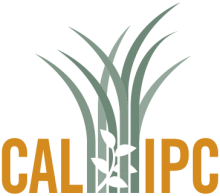Climate Matching Map
| Attachment | Size |
|---|---|
| climatematch-eragrostis_echinochloidea-california-20240922.pdf (1.1 MB) | 1.1 MB |
1. Question 1
2. Question 2
3. Question 3
However, Pima County (Webb 2020) considers this species as invasive where it has spread from roadsides into multiple ecosystems.
4. Question 4
in thornscrub and desert areas where it alters vegetation structure and provides a source of
fine fuels for wildfires." (Webb 2020). Pima County, Arizona, does have a similar climate to California.
5. Question 5
6. Question 6
7. Question 7
8. Question 8
9. Question 9
10. Question 10
11. Question 11
12. Question 12
13. Question 13
14. Question 14
15. Question 15
However, other species in the Eragrostis genus have well documented germination rates. Eragrostis plana showed high germination rates (up to 98%) in optimal simulated conditions (Bittencourt et al 2017). Bittencourt et al (2016) also found a 85% germination rate of Eragrostis tenuifolia in a similar study. In an experiment testing seed treatments on Eragrostis lehmanniana, Haferkamp and Jordan (1977) found that the control sample had a germination rate of 36% just 48 hours after imbibition. In an earlier study, Wright (1973) found germination of untreated Eragrostis lehmanniana seeds to be as high as 80% 150 weeks post-harvest.
The ample evidence that Eragrostris species have high germination rates imply that E. echinochloidea would too given a more controlled experiment. Thus, I am answering Yes with a Medium confidence here.
16. Question 16
However, many perennial grasses, including species of Eragrostis, produce seed within three years; Eragrostis secundiflora produces viable seed within the first year of planting (Maher and Reilley 2016).







